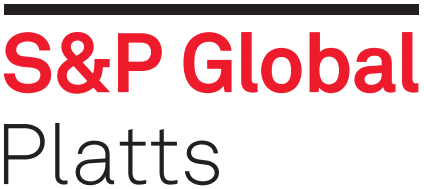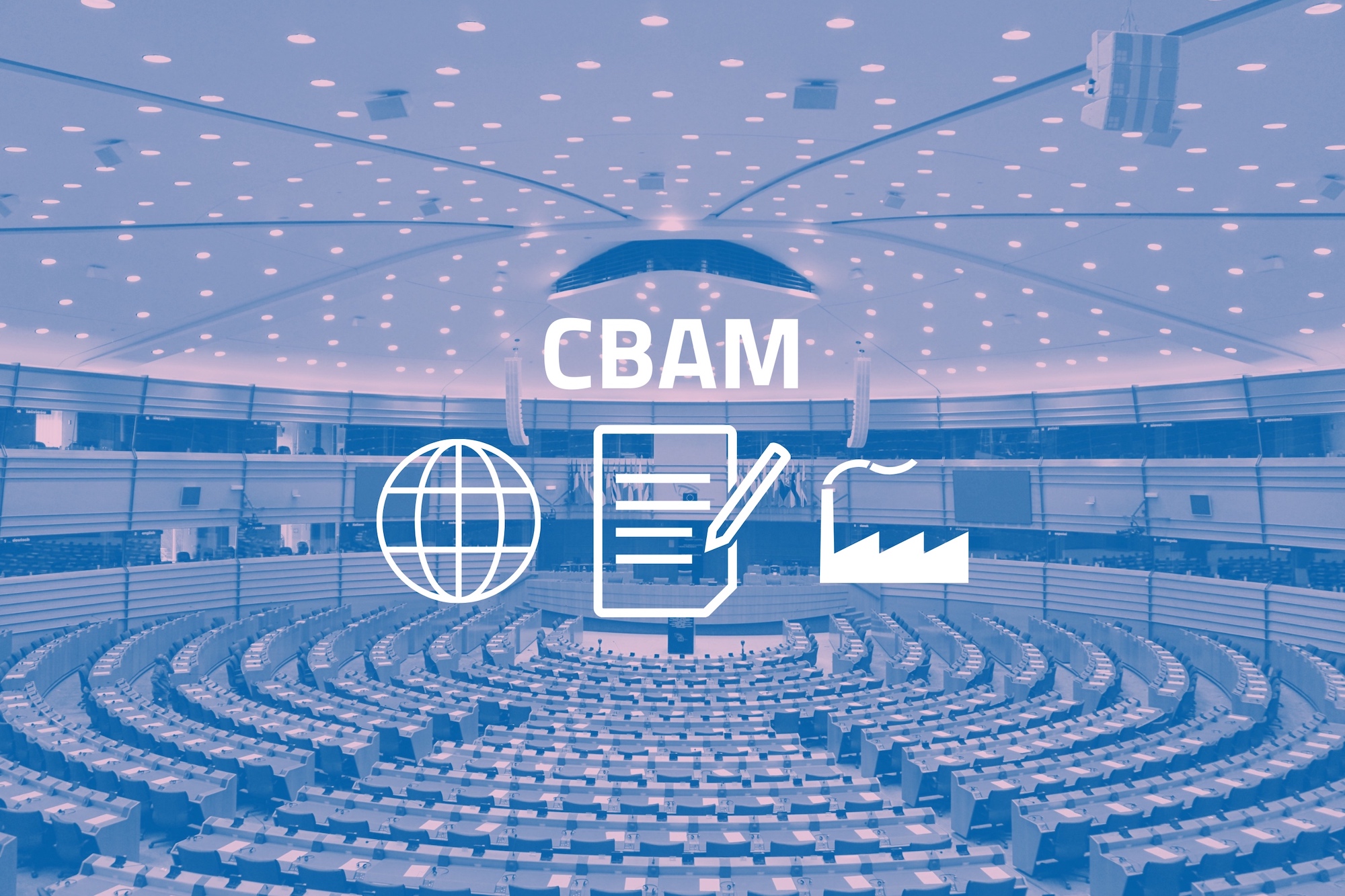
How will the EU’s CBAM impact global iron and steel?
The Carbon Border Adjustment Mechanism has big implications for international trade patterns.
While it’s an EU regulation, the Carbon Border Adjustment Mechanism (CBAM) aims to encourage decarbonisation at a global level. As the new rules will affect anyone who exports to the EU, it promises to have significant consequences for international trade.
In our latest insight, our metals and mining sector analysts set out the details of the Carbon Border Adjustment Mechanism and assess its implications for the iron and steel sector, which is the largest by import value of the six sectors covered by the first phase of the scheme.
Fill out the form to download a free extract from the report, or read on for an overview that touches on the implications for other commodities.
What is the Carbon Border Adjustment Mechanism?
The CBAM aims to address the issue of so-called ‘carbon leakage’. The EU defines carbon leakage as ‘the situation that may occur if, for reasons of costs related to climate policies, businesses were to transfer production to other countries with laxer emission constraints’.1 The EU looks to address the risk of carbon leakage by taxing imports to equalise the carbon price paid by EU and non-EU products.
What sectors does it cover?
Initially, the CBAM will cover six sectors, with a focus on carbon-intensive and trade-exposed industries that are at the high risk of carbon leakage. These are electricity, hydrogen, cement, fertilisers, aluminium, and iron and steel. Later it will be extended to all sectors covered by the EU’s Emissions Trading System (ETS) by 2030. The bloc will also assess whether to extend the mechanism to organic chemicals and polymers by the end of the transition period, and will look at the potential to cover indirect emissions for more sectors and a wider range of downstream products.
When does it come into effect?
- October 2023 – Transitional period: Importers of products covered by the initial scope only have reporting obligations for the purpose of the CBAM
- January 2026 – Financial obligations commence: Importers will face financial obligations of surrendering CBAM certificates, which will ramp up progressively. Free allowances for CBAM-targeted sectors under the EU ETS will start to phase out.
- On or before 2030 – Extension: Regulations will be widened to all sectors covered by the EU ETS
- By 2034 – Full implementation: The CBAM will reach full effect for the initial batch of sectors and allowances will be all allocated via auctions for these sectors under the EU ETS
How will it work?
Until now, industrial installations within the EU considered to be at significant risk of carbon leakage have been receiving free allowances under the EU ETS to support their competitiveness. The CBAM will replace these free allocation, which will be phased out between 2026 and 2034 at the same pace as the CBAM is phased in.
CBAM financial obligations will be determined by the embedded emissions of imported goods and the price of the CBAM certificate, which is based on the EU ETS price. Carbon price effectively paid in the export country can be deducted (see diagram below).

Why has iron and steel been chosen?
The iron and steel sector is large, trade exposed and emissions intensive, making it a prime candidate for inclusion in the CBAM. European producers face significant competition, with 30% of EU demand for steel basic materials and key intermediates met by foreign supply. Price is a major factor, with EU steel producers facing higher production costs than their foreign competitors. As the energy transition progresses, higher carbon prices will further corrode their competitiveness.
Emissions from crude steel production in most of the bloc’s major steel trade partners, including China, India and Russia, are notably higher than the EU average, yet none of these countries places a carbon price as high as the EU’s. The CBAM is intended to address this discrepancy and create a level playing field for domestic production. The mechanism will cover CO2 emissions from a range of imported products, including pig iron, semi-finished and finished steel, some fabricated steel, and downstream items like nuts, bolts and screws.
What will the impacts of the CBAM be?
In the long term, the CBAM could lead to global decarbonisation of affected sectors and downstream consumption. However, collateral damage should also be expected.
Cost growth will be moderate in the first few years of the CBAM payment. During this period, exporters to the EU could reorganise their production and sales to direct lower-emissions products to the European market as a short-term fix. However, they may simply avoid the higher cost of operating in the EU market, creating supply shortages. Meanwhile, carbon costs will rise for EU producers as free allowances are phased out.
In the longer term, however, carbon will become an increasingly important cost component to consider. This will eventually impact steel trading patterns and encourage exporters to the EU to invest in emissions reduction technology. At the same time, the bloc’s trading partners will be incentivised to introduce or raise their own domestic carbon prices to prevent revenue leakage (although it should be noted that they are likely to remain structurally weaker than the EU’s).
On the downside, higher carbon costs and disrupted supplies will impact downstream manufacturing, leading almost inevitably to price increases for both domestic and foreign products. Steel is also widely used for renewable energy applications such as wind turbines and electric vehicles; higher prices and added strain on the supply chain could, therefore, make the energy transition more expensive in the EU than elsewhere.
Learn more: Implications of the CBAM for the iron and steel sector

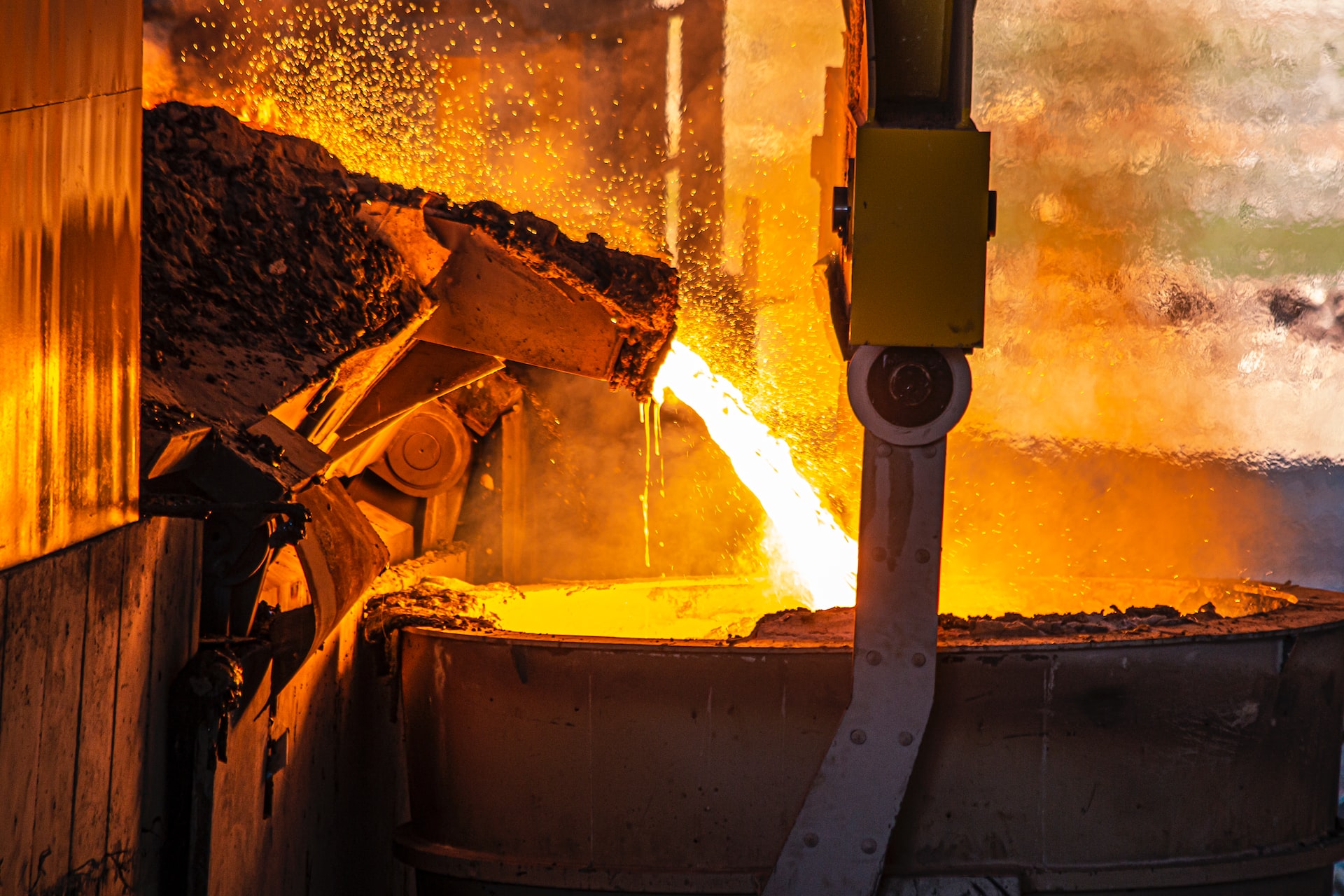
Indian steel mills face greatest CBAM risk: Goldman Sachs
Investment bank Goldman Sachs Group says in a report that Indian steel producers are the most at risk from Europe’s carbon plan, the Carbon Border Adjustment Mechanism (CBAM), Kallanish notes.
This is due to two main factors: steel producers from India registering high sales to the European market, and Indian steel mills having an elevated emissions intensity. This puts them at more risk for carbon tax-related import charges.
In January, India was the largest HRC exporter to Italy, with shipments reaching 192,152 tonnes, according to data from Cybex.
According to the Goldman report by analysts led by Emma Jones, Indian steel mills could face an additional $102-190/tonne of carbon import tax charges on flows of Indian steel to the bloc over the next decade. This additional charge would account for 15-28% of current hot rolled coil prices, and assumes a carbon price of $70/t.
The CBAM carbon plan aims to levy charges on imported goods entering the European Union (EU), for certain energy-intensive sectors such as steel, to encourage cleaner pollution standards at its trading partners. The carbon tax will come into effect on 1 January 2026. The move has been met with strong criticism from overseas producers, including Russia and China.
The analysts say: “Indian steel producers operate at a carbon intensity level well above the EU and global level, potentially exposing them to elevated charges,” as they rely mainly on coal-based processes.
The report notes that, among the producers, Tata Steel and JSW Steel have the most direct exposure to the EU.
Indian mills have also been outspoken about the potential impact of this tax, likening it to a trade barrier. The Indian government is currently in discussions with the EU, in order to reach an agreement for concessions.
Suhita Poddar India

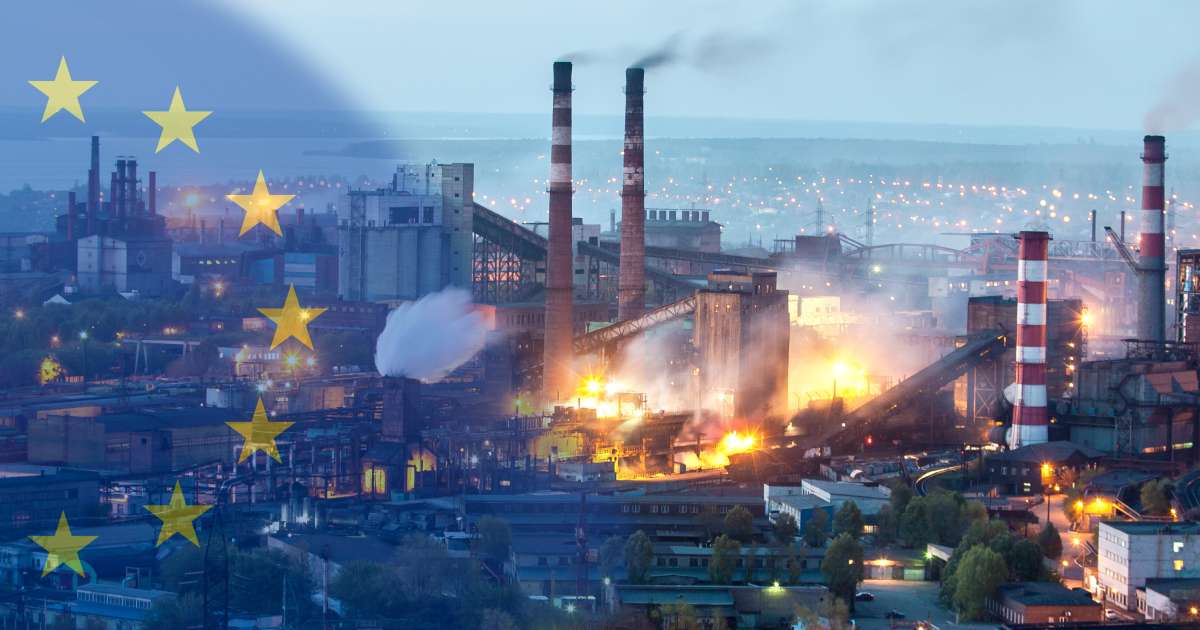
EU carbon values under pressure on recession, demand worries
Sentiment in the European carbon price market remained bearish in the week to Feb. 2 amid muted demand. Traders and analysts have said they expect prices to remain around Eur60-65/mtCO2e in the coming week, with macroeconomic concerns and reduced power generation dominating headlines.
EU Allowances under the bloc’s Emissions Trading System were trading at Eur63.22/mtCO2e at 1038 GMT on Feb. 2 compared with Eur63.58/mtCO2e on Jan. 26.
Platts, part of S&P Global Commodity Insights, assessed EUA contracts for December delivery at Eur62.19/mtCO2e on Feb. 1.
Many analysts have downwardly revised their EUA price forecast for 2024 due to recession concerns and reduced emissions from the power and industrial sectors.
Analysts at S&P Global expect 2024 average prices to plunge to Eur63.90/mtCO2e compared with Eur85.30/mtCO2e in 2023 and Eur81.50/mtCO2e in 2022.
“EUA prices are expected to decline further due to the expectation of a technical recession despite a resilient labor market,” they said in a recent note. “The slowdown is broad-based affecting sectors like construction, manufacturing, and services. We expect prices to hit the high Eur50/mt mark threshold in February.”
Climate reforms
On Feb. 6, the European Commission is likely to recommend that the EU commit to a 90% reduction in emissions by 2040, which could provide some relief to declining prices.
This target is being backed by several EU countries, but climate policies have become heavily politicized recently, with farmers across Europe currently protesting against costly clean energy regulations.
But many policymakers, analysts and climate scientists insist that the EU must commit to this if it has any realistic chance of reaching net zero by 2050.
The European Council has set a goal for the EU to cut its greenhouse gas emissions by at least 55% by 2030, compared with 1990, and become climate neutral by 2050.
Meanwhile, the inclusion of the maritime sector in the EU ETS, opens up a new set of buyers for EUAs.
The European Commission published a document Jan. 31 attributing each shipping company to an EU member state to help these companies register for EU ETS compliance.
Shipping companies can now open holding accounts to trade EUAs and manage their ETS exposure.
Under the EU ETS guidelines, shipping companies must surrender their first ETS allowances by Sept. 30, 2025, for emissions reported in 2024.
The EU has also agreed on a phase-in period to give the industry some preparation time, with the ETS covering 40% of the emissions in 2024, 70% in 2025 and 100% from 2026 onward.
The shipping sector’s inclusion is projected to add emissions of 90 million mtCO2e this year, which is around two-thirds of the sector’s emissions.
CBAM extension
Meanwhile, the European Commission extended has the period for declarants to submit their quarterly reports under the Carbon Border Adjustment Mechanism by 30 days from the original deadline, after a significant number of importers experienced technical issues that led to some businesses being unable to make submissions.
The new carbon border tax entered into application in a transitional phase Oct. 1, with the first reporting period for importers originally set to end Jan. 31.
CBAM essentially levies a tax on imports of selected carbon intensive materials and products (including aluminum, cement, electricity, fertilizers, hydrogen, iron and steel) into the EU, removing the gap between the EU ETS carbon price and the export country of origin’s carbon price.
The main purpose of the tax is to reduce the risk of carbon leakage — as a result of EU industries locating abroad — and encourage importer nations to introduce their own carbon markets and, so, limit CBAM impacts on their traded goods.
No penalties will be imposed on reporting declarants experiencing difficulties in submitting their first CBAM report, the commission said.
“While the system has been working well in previous days with data and many reports being submitted successfully, technical teams are working around the clock to rectify remaining issues,” the EC said.
The commission has encouraged those reporting declarants that do not encounter any major technical issues to submit their CBAM report by the end of the reporting period.
Author: Eklavya Gupte, eklavya.gupte@spglobal.com

CBAM complications, safeguard hinder steel activity: Assofermet
The normative framework of the EU Carbon Border Adjustment Mechanism (CBAM) and safeguards on steel imports is hindering the daily activity of Italian and European steel companies, says Italian steel trade association Assofermet.
The challenges in filling CBAM reports, the economic repercussions expected from the mechanism starting in 2026, as well the safeguard measures in force from 2018 are a deep concern for Assofermet’s many members.
The European Commission (EC)’s Directorate General for Trade and the Directorate General for Taxation and Customs Union asked the association to highlight the critical issues of the mechanism to help with drafting the final version. “It has been assured that our perspective will be taken into account, especially for the future evolution of CBAM … Agreeing that CBAM will also generate increased costs for downstream end-users in the steel supply chain, it was pointed out to the Commission that if certain finished products … are not included in the mechanism, the European industry will lose competitiveness, given its global role,” Assofermet warns in a note sent to Kallanish.
The association notes an open-minded attitude from Italian authorities to listen to the problems of the entire steel supply chain stemming from regulations and willingness to continue dialogue on the regulatory framework. While the first quarterly report deadline for CBAM has passed, the safeguard on steel imports is currently set to expire at the end of June 2024. “There are no official updates yet on a possible extension after the first half of this year,” Assofermet concludes.
31 January was the deadline for importers to submit their first report detailing emissions as part of CBAM. The European Commission nevertheless announced this week that due to a technical incident, it is offering the possibility to request for a 30-day delay for submission (see Kallanish passim).
During the ongoing transitional phase of CBAM, European importers of steel need to file quarterly reports in the European Commission system, starting from those for the fourth quarter of 2023. During the transitional period, importers are required to report on the quantity of imported goods and resulting direct and indirect emissions. No payments will be due. The transitional phase is planned to conclude at the end of 2025.
Natalia Capra France


European Commission extends first CBAM report submission deadline
“In accordance with the guidance provided to National Competent Authorities (NCAs), no penalties will be imposed on reporting declarants who have experienced difficulties in submitting their first CBAM report. Delayed submission of a CBAM report due to system errors would, by definition, be deemed justified as long as the submission occurs promptly once the technical errors are overcome. In any event, penalties will not be imposed by NCAs before a correction procedure has been opened, allowing reporting declarants to provide justifications and correct any potential inaccuracies in their CBAM report,” the European Commission explains.
During the ongoing transitional phase of CBAM, European importers of steel need to file quarterly reports in the European Commission system, starting from those for the fourth quarter of 2023. During the transitional period, importers are to report on the quantity of imported goods, direct and indirect emissions embedded in them, and any carbon price due for those emissions, including carbon prices due for emissions embedded in relevant precursor materials; no payment will be due. The transitional phase is planned to conclude at the end of Q4 2025.
Emanuele Norsa Italy


Acciaierie d’Italia low output impacts EU steel availability: Assofermet
The prolonged ownership crisis at Acciaierie d’Italia (ADI) and its lower output may lead to a structural shortage of flat steel products, not only in Italy but also at a European level, Italian steel trade association Assofermet warns.
“The quality products available thanks to Taranto production are very often not available within the EU perimeter. Buyers are therefore forced to turn mainly to Asian steel mills, facing import restrictions which increase costs … The crisis at ADI is part of an already very complicated context for the steel sector,” Assofermet says in a document sent to Kallanish.
EU safeguard measures result in a decrease in the quantity of steel imported into the EU. The Carbon Border Adjustment Mechanism (CBAM) will meanwhile introduce a tax on goods coming from territories outside the EU from 2026. The result will be an inevitable increase in the cost of steel products available in the EU.
“The national [Italian] manufacturing sector’s growth needs a primary steel industry, upstream of the supply chain, that can support it with the necessary quantity of steel,” comments president of Assofermet’s flat steel division Paolo Sangoi.
ADI’s production crisis is happening at a time of low steel availability in Italy and Europe. “Steel output is decreasing: the production levels of 2012, the year of the seizure of the hot-end area of the Taranto plant, have not been reached over the past ten years … With declining steel production and the rising cost of steel, it is essential to preserve the industrial value of the plant,” Assofermet concludes.
ADI, the joint venture between state company Invitalia and ArcelorMittal, registered steel output below 3 million tonnes in 2023, according to preliminary data. This is below the shareholders’ initial objective of 4mt in 2023 and 5mt target in 2024.
ArcelorMittal says it is open to an amicable solution to the conflict with authorities, and prepared to give up its stake to partner Invitalia for a price that “is only a fraction” of the company’s investment into ADI since 2018. While Invitalia refused ArcelorMittal’s recent offer, the steelmaking group assures it is still on the table (see Kallanish passim).
Natalia Capra France

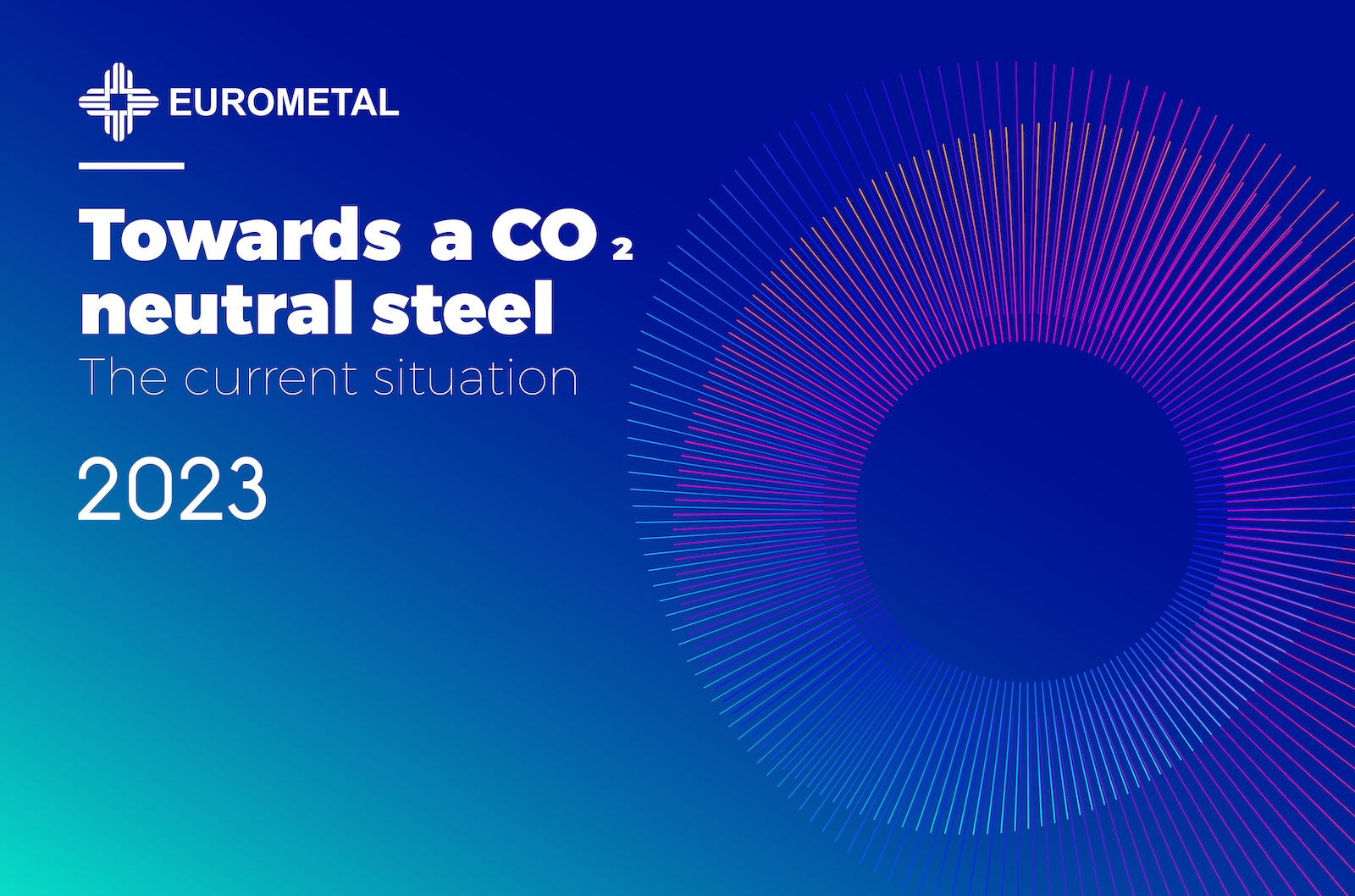
EUROMETAL whitepaper: Towards a CO2 neutral steel – The current situation
EUROMETAL have been publishing a whitepaper annually on topics relevant to steel distributors but also to the entire supply chain.
This year we have made it our mission to address the sustainability and decarbonization of our industry.
We are pleased to announce our Whitepaper “Towards a CO2 neutral steel – The current situation”.
This document is divided into chapters:
- Initial considerations on green steel
- Alternative production technologies
- The EU emissions trading system
- Marketing the low emission steels
- Checking CO2 on imports with CBAM
EUROMETAL aims, with this document, to shed light on the challenges encountered by the European steel industry, both exploring some technological options and explaining the current legal framework for CO2 emissions.

CBAM export impact concerns EU steelmakers: Federacciai
The transitional phase of the EU’s Carbon Border Adjustment Mechanism (CBAM) will begin on 1 October. As the implementation approaches, market participants in Europe are discussing the new system and its challenges. Steelmakers remain concerned for the future of steel exports.
Flavio Bregant, director general of Federacciai, the Italian steelmakers’ association, confirmed in a webinar on Thursday attended by Kallanish that the main problem for steelmakers is CBAM’s impact on their exports once the transitional phase is completed. CBAM’s full implementation is scheduled from January 2026.
“At the moment, CBAM only covers imports. We are happy to hear from the European Commission that they will look into the issue of exports in 2025, but we have explained the problem multiple times already and until now we have received no answers,” Bregant lamented.
From the beginning of 2026, free allocations of Emissions Trading System (ETS) certificates will be phased out, further increasing costs of production for European steelmakers to ensure the low-emission transformation takes place. This is set to make European steelmakers less competitive in the international steel market, hence the difficulties in exporting if fiscal support is not secured from the European Commission.
“Personally, I see exports of European steel products falling to zero once CBAM is fully implemented. This will result in the need for European steelmakers to reduce output at their mills, while keeping the doors open to imports,” Bregant explained. “I see exports falling, not imports.”
Other representatives of the steel supply chain, on the other hand, are concerned by the potential reduction in EU imports as a result of CBAM implementation (see related articles).
In 2022, European steelmakers exported over 16 million tonnes of finished steel products. This figure is over 10mt below the record levels registered in 2012-2016.
Emanuele Norsa Italy


Protectionism, geopolitics, economic challenges weigh on longs: Irepas
Driven by tightening monetary policies by major central banks, the long steel market has been slowing amid weak demand, putting immense pressure on prices.
The ongoing geopolitical and global economic challenges, as well as protectionism are squeezing emerging economies like Turkey, notes Kallanish.
Protectionism still prevails in the EU and US, and new sanctions on Russian semis and raw materials introduced by the EU, US and Canada will create more complications for steel exporters using Russian substrate, said Irepas chairman Murat Cebecioglu during the association’s Istanbul meeting this week attended by Kallanish.
“The EU has extended its safeguard measures for another year, proving that world trade is no longer as the Uruguay Round defined it. It will continue with its protectionist structure, exerting pressure on developing countries. The situation in Ukraine seems to be without end. The new restrictions on Russian-origin steel and raw materials, to be introduced by the US and the EU, indicate that we will witness more circumvention cases in the coming period,” Cebeciolu observed.
“Furthermore, the CBAM in the EU will replace the current safeguard measures in the region within 12 months. Direct and indirect subsidies and state aid will allow the US and European steel industries to remain profitable … The competition in open markets is very tough as Asian prices are very competitive,” he added.
“China and its exports have a major influence on the global market. So far, all the stimulus packages introduced in China have had no impact on its exports, affecting global steel prices. Egypt, the Gulf Cooperation Council member countries and Algeria have become exporters. Since these countries are not subject to protectionist measures for the time being, they are exporting anywhere they can, especially taking shares from Turkey, which is being squeezed by protectionism all over the place,” Cebecioglu continued. 
The future involves many unknowns. The Turkish government’s new orthodox monetary policy nevertheless offers hope. The domestic market is doing fairly well, but Turkish mills are being squeezed by electricity costs, making it impossible to compete in export markets against the oil and gas-rich countries’ steel producers, Cebecioglu concluded.
Burak Odabasi Turkey


CBAM unclear, hits downstream sector hardest: Assofermet
The definitive application of the Carbon Border Adjustment Mechanism (CBAM) could lead to an increase in steel import prices of around 15%, Italian trade association Assofermet warns.
“CBAM introduces a sort of new ‘environmental customs duty’ to discourage steel imports … We welcome a collective commitment to promote a sustainable economy and reduce the environmental impact of our industry but we believe that greater attention should be paid to the economic consequences of the CBAM regulations which, if not radically revised, risk undermining the competitiveness of an important part of the EU manufacturing sector,” Assofermet steel division president Paolo Sangoi says in a note sent to Kallanish.
“The cost of steel coming from non-EU territories could increase by up to 15%. This would have important repercussions on the entire Italian and European economy,” he continues, adding that the mechanism is extremely complex and its procedures remain unclear.
The CBAM mechanism currently applies only to some steel products, which impacts end-users and downstream companies, exposing them to unfair competition with importers of competing finished products who would face no restrictions or taxation, Sangoi observes.
The transitional CBAM period will expire on 31 December 2025. Until that time, buyers will have to fulfil only a part of the mechanism’s regulations. Assofermet hopes that before the start of the definitive period, on 1 January 2026, the EU will be able to modify the approach of the measure “to reconcile the just and necessary environmental transition with the inevitable economic consequences that will arise from the implementations of the EU Green Deal and Fit For 55”, Sangoi concludes.
According to European Commission data, in 2022 over 31 million tonnes of steel were imported into member states, Kallanish notes.
Natalia Capra France



